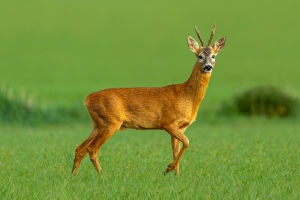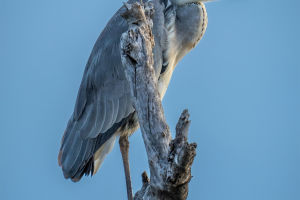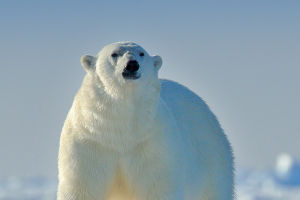Hey Lykkers! Have you ever watched a penguin waddle and wished you could join their charming little world?
Let’s dive into the fascinating lives of these adorable birds and discover what makes them so special!
Penguin Overview
Penguins are flightless birds predominantly found in the Southern Hemisphere, with the largest populations in Antarctica. These delightful creatures are well-known for their distinctive black and white plumage, which resembles a tuxedo—perfect for formal occasions in the wild! There are 18 different species of penguins, ranging from the tiny Little Blue Penguin, standing at just 16 inches tall, to the majestic Emperor Penguin, which can reach heights of over 4 feet.
Habitat and Adaptations
Penguins are specially adapted to thrive in their chilly environments. Their bodies are streamlined for swimming, and they possess strong flippers that allow them to propel through the water at impressive speeds, reaching up to 15 miles per hour. The thick layer of blubber beneath their skin provides insulation against frigid temperatures, while their feathers are tightly packed to create a waterproof barrier. This combination of adaptations ensures that they stay warm and agile in their icy habitats.
Diet and Feeding Habits
Penguins primarily feed on fish, squid, and krill, relying on their exceptional swimming skills to catch their prey. They are excellent divers, often reaching depths of 1,500 feet in search of food. Penguins have a unique feeding technique where they use their beaks to snatch up fish as they swim. In some species, such as the Adélie Penguin, they can consume up to 2.5 kilograms (5.5 pounds) of food each day, ensuring they have enough energy to sustain their active lifestyle.
The Fascinating World of Penguins: Kings of the Cold
Video by Alex Studio
Breeding and Parenting
Penguins are social birds, often forming large colonies where they breed and raise their young. During the breeding season, they engage in elaborate courtship displays to attract mates. Most penguin species are monogamous, often forming lifelong bonds with their partners.
Once the eggs are laid, both parents take turns incubating them. For instance, in the case of the Emperor Penguin, the male incubates the single egg on his feet for about two months while the female hunts for food. This cooperative parenting ensures that the chicks have the best chance of survival in the harsh conditions of their environment.
Conservation Status
Sadly, many penguin species face threats from climate change, habitat destruction, and overfishing. The IUCN Red List categorizes several penguin species as endangered or vulnerable, making conservation efforts crucial for their survival. Organizations worldwide are working tirelessly to protect their habitats and raise awareness about the challenges these charming birds face.
Penguins are truly remarkable creatures that capture our hearts with their playful personalities and unique adaptations. Whether we admire them from afar in their natural habitats or through documentaries, they remind us of the importance of preserving our planet's biodiversity. So, Lykkers, let’s celebrate these wonderful birds and advocate for their protection, ensuring that future generations can enjoy their delightful presence for years to come!


